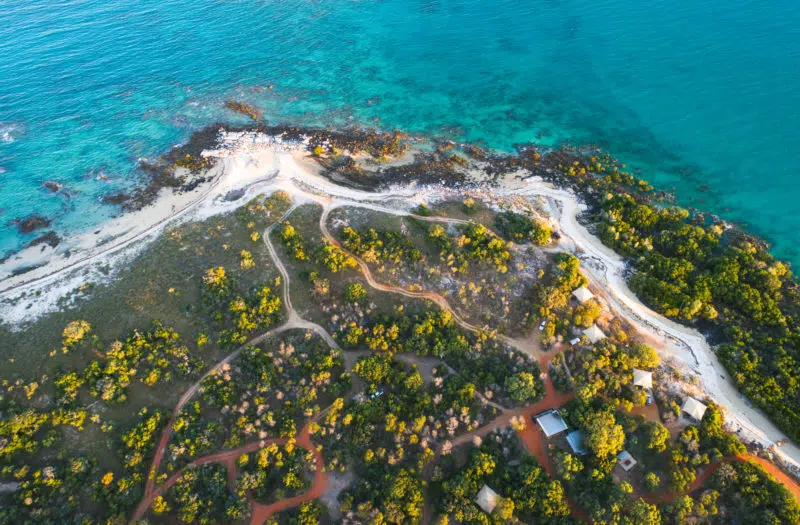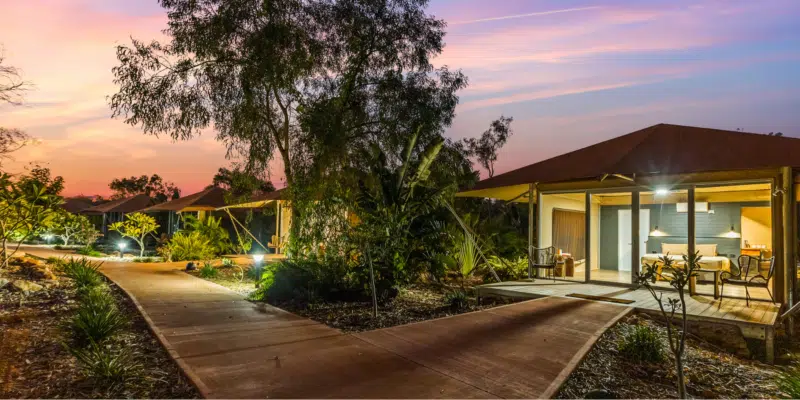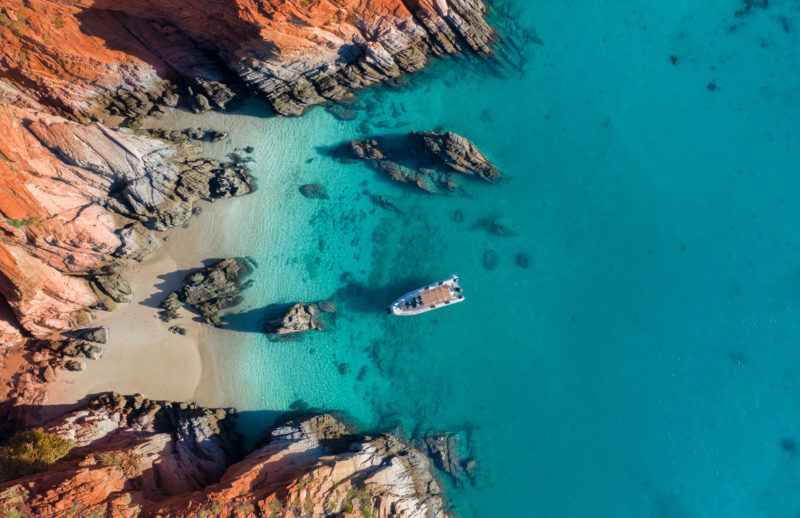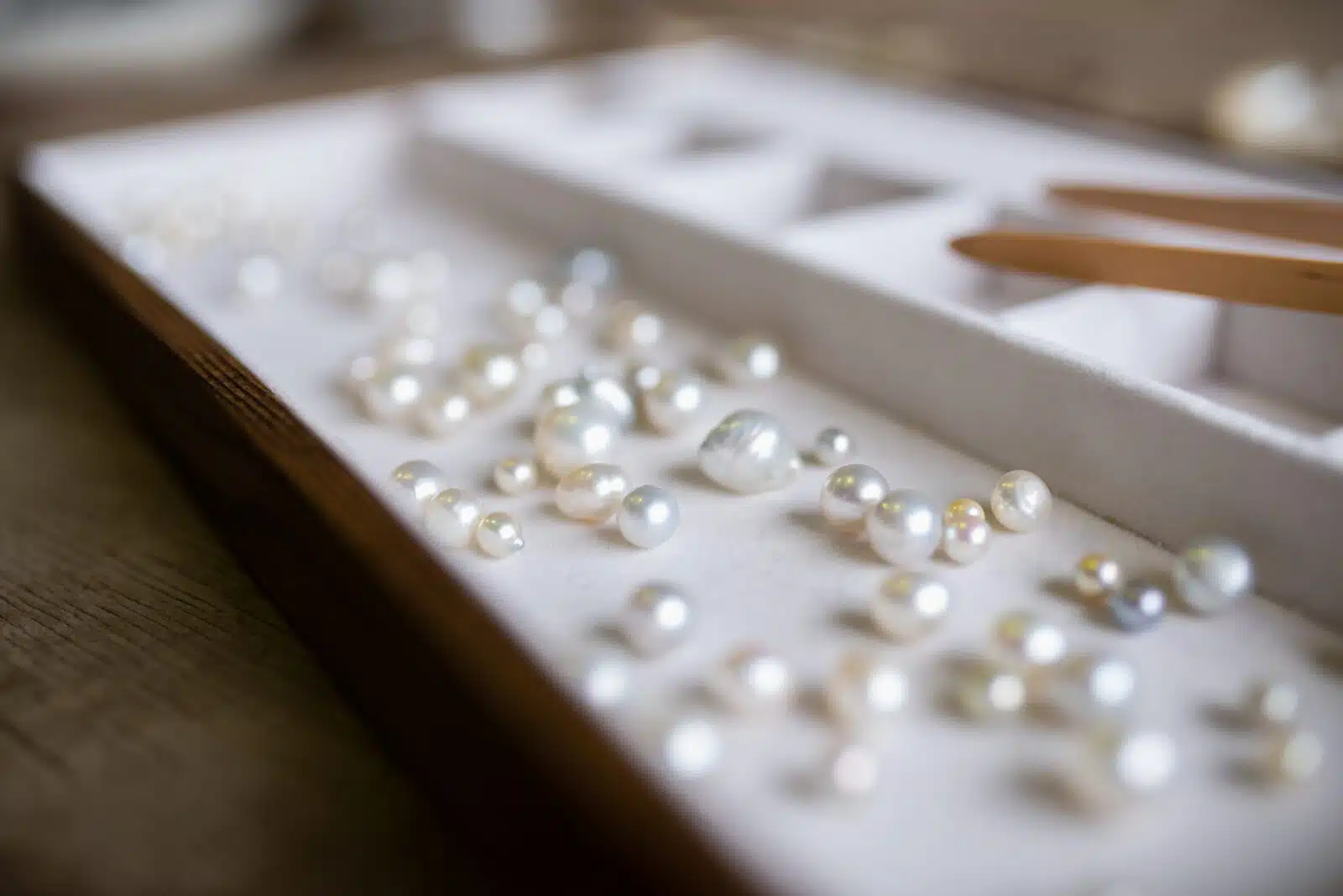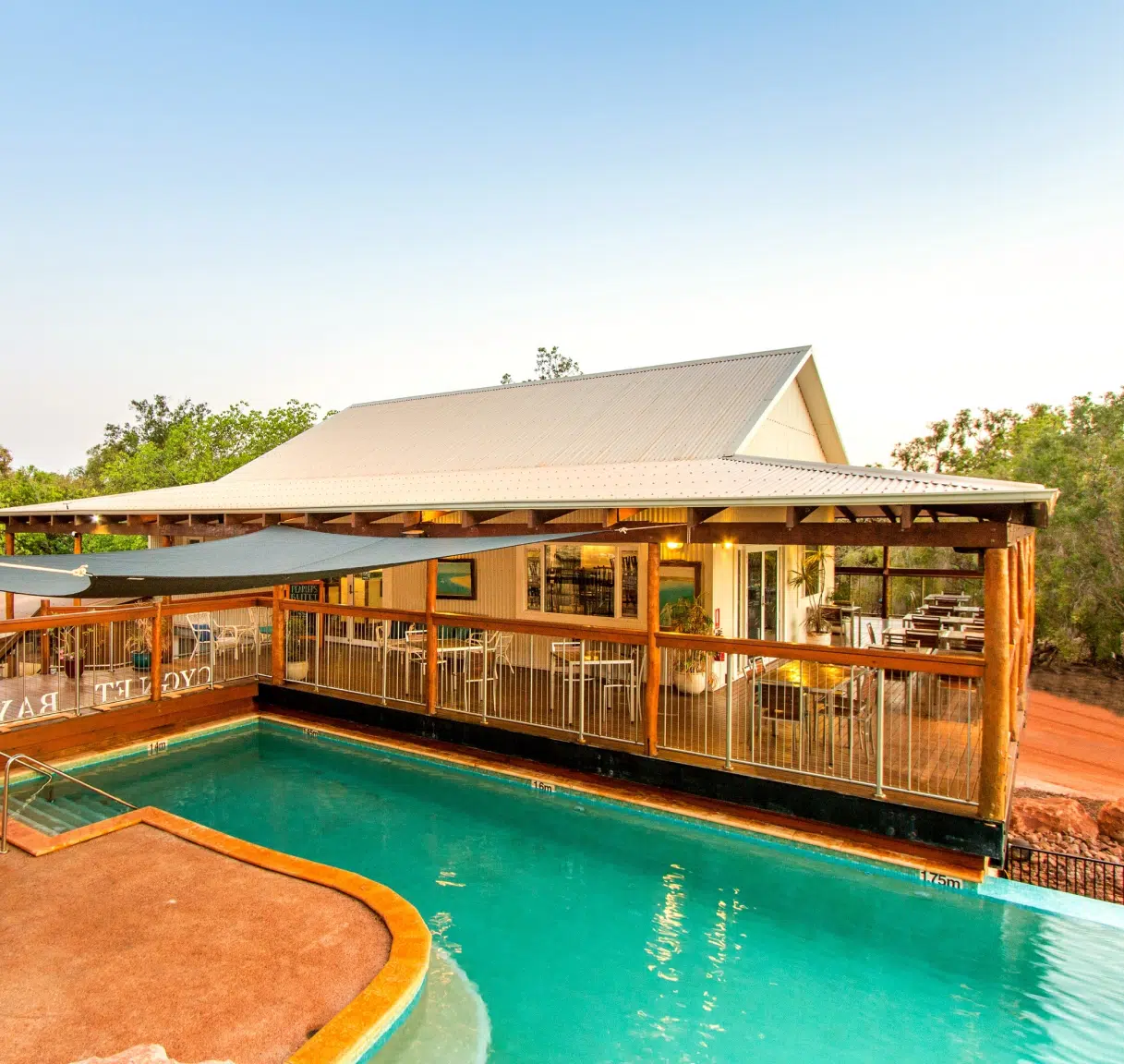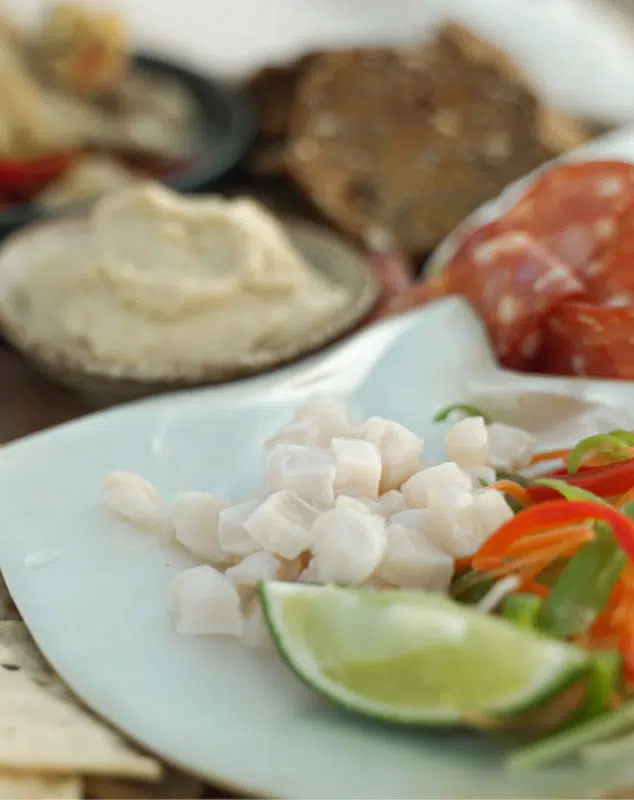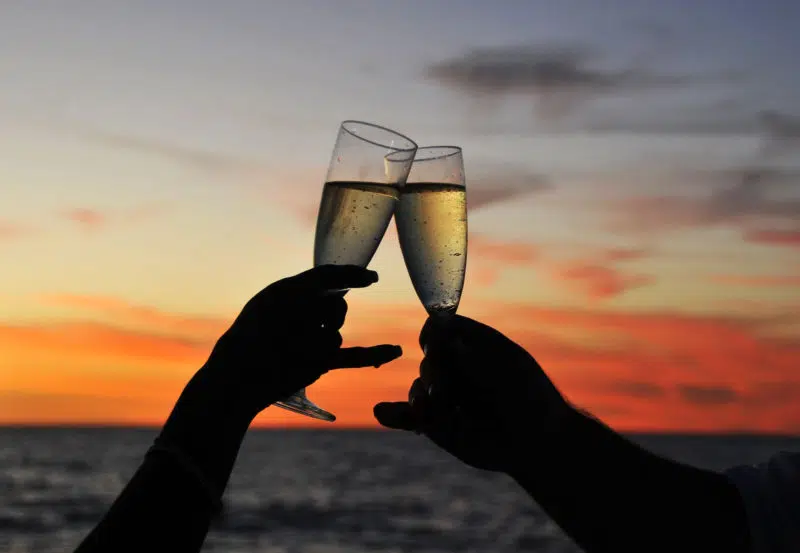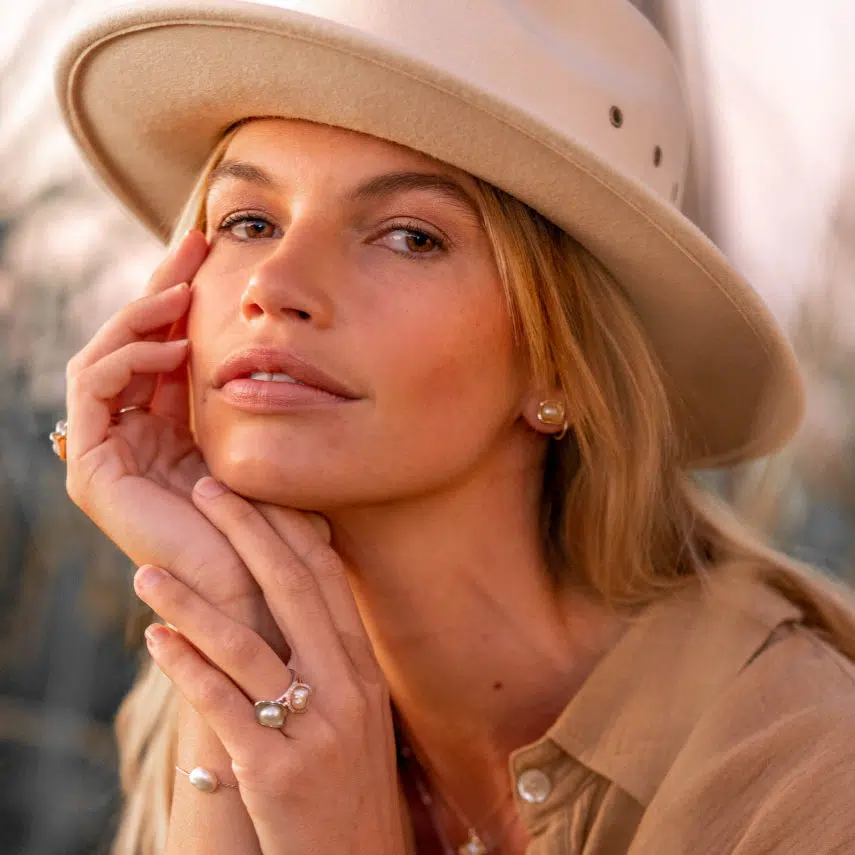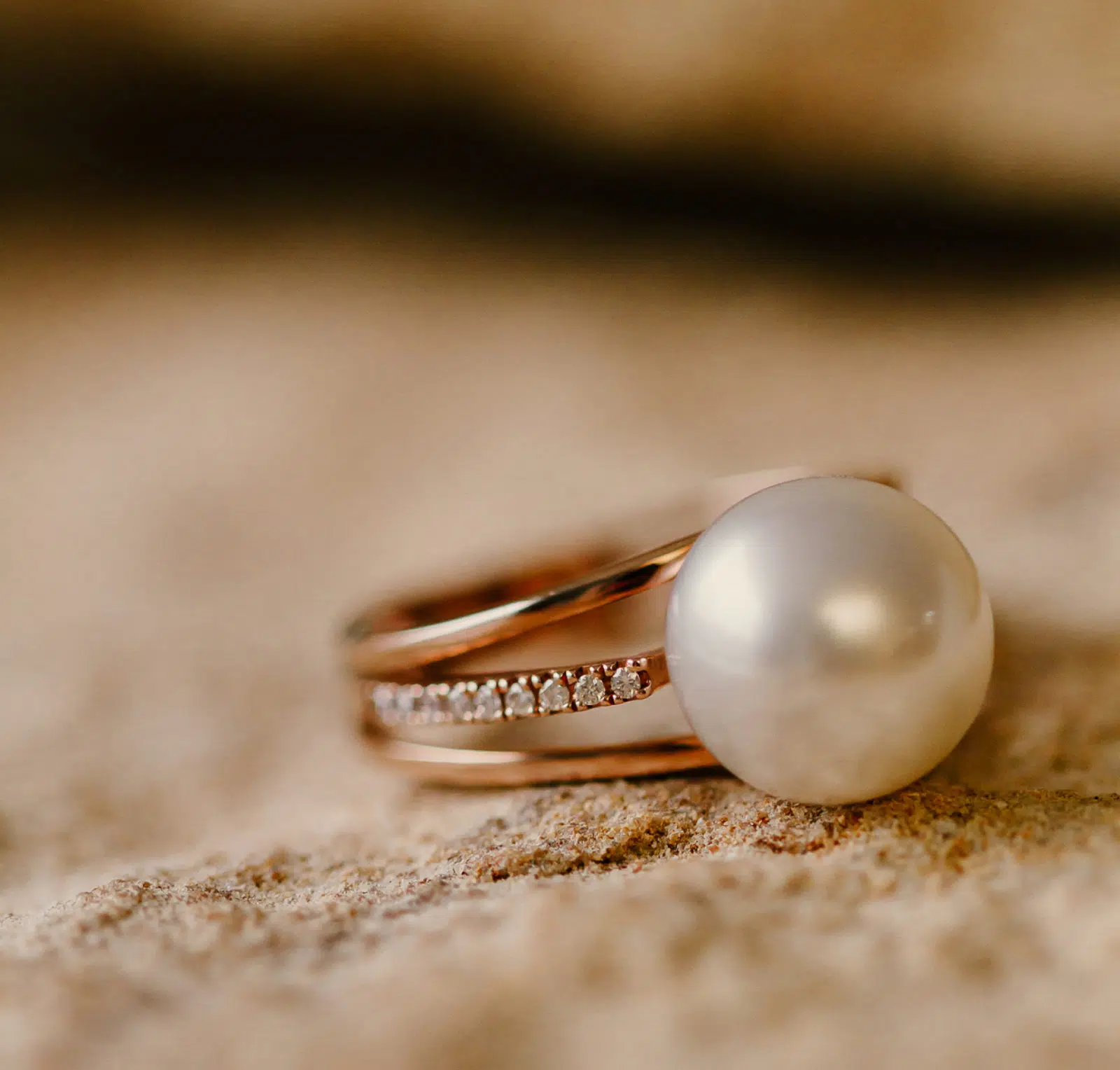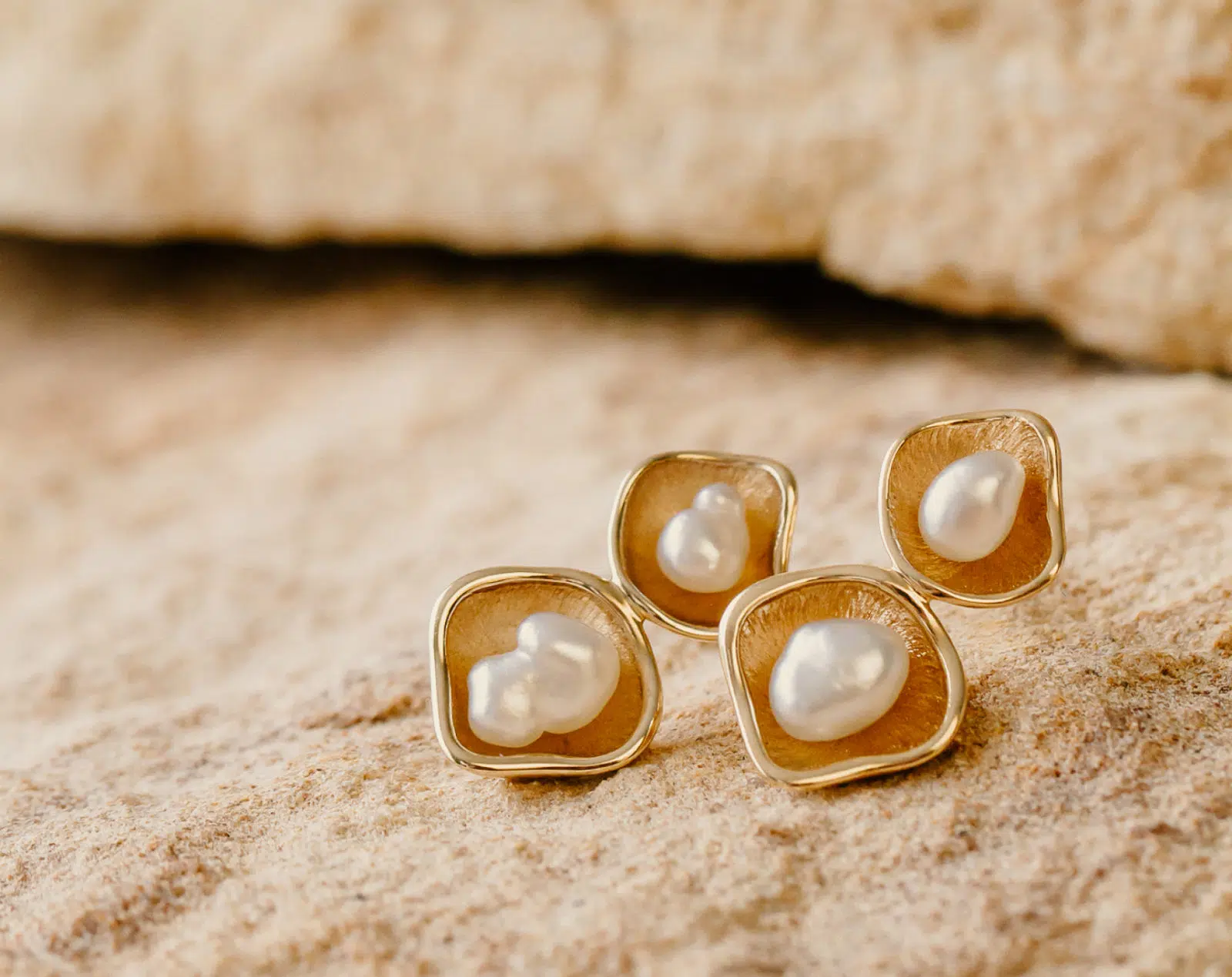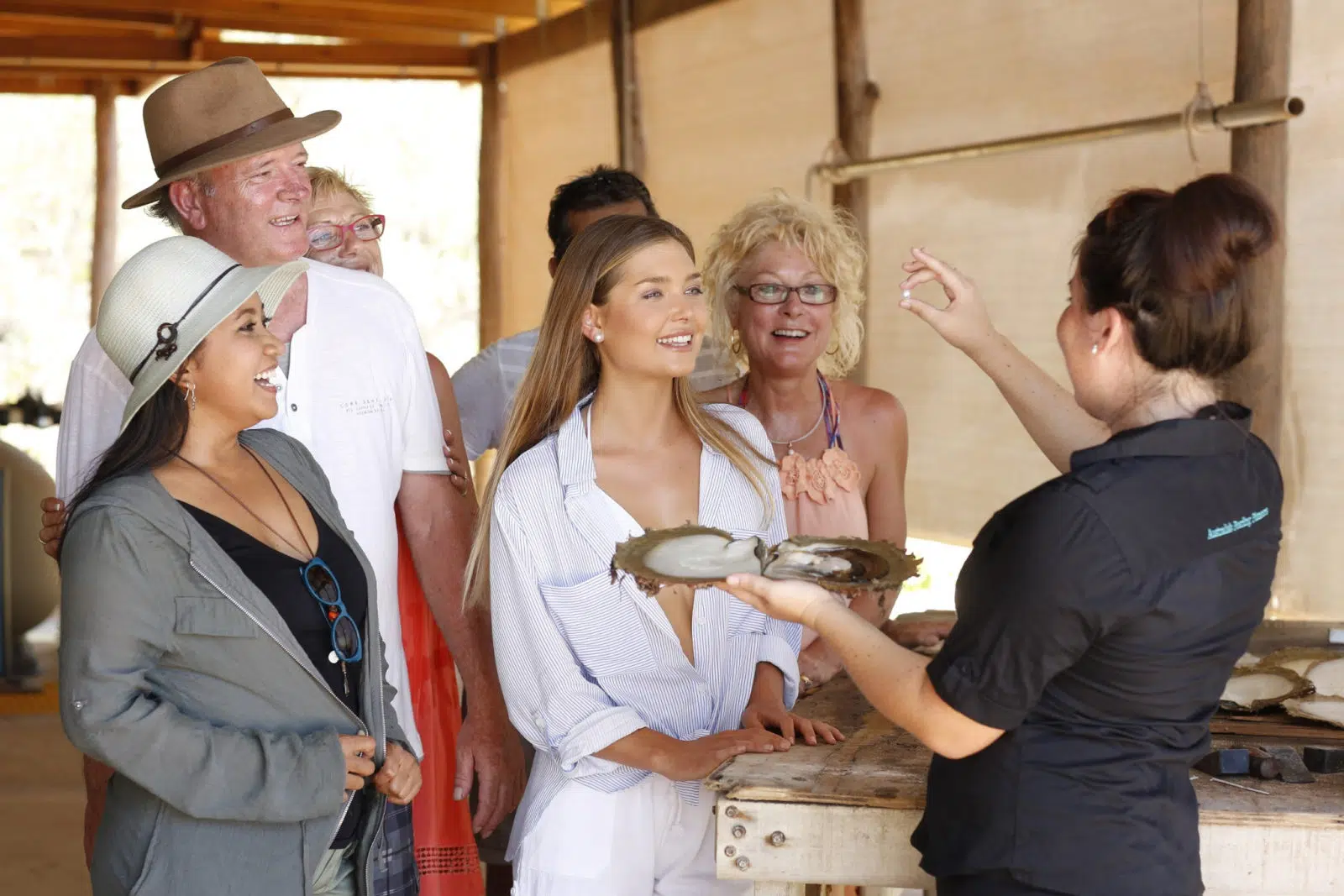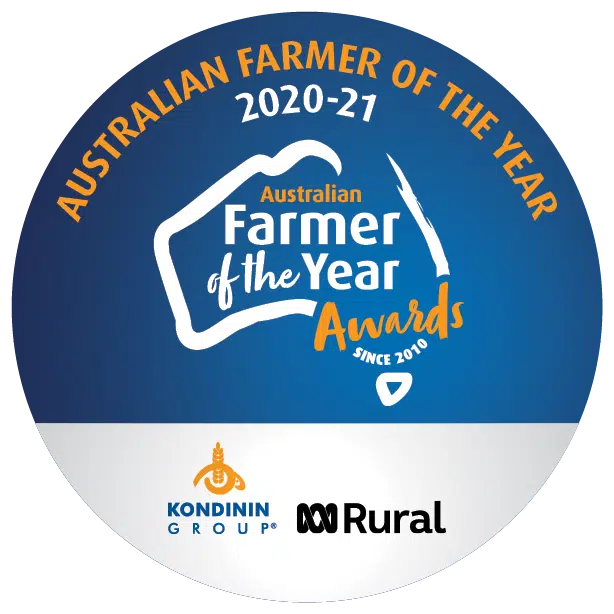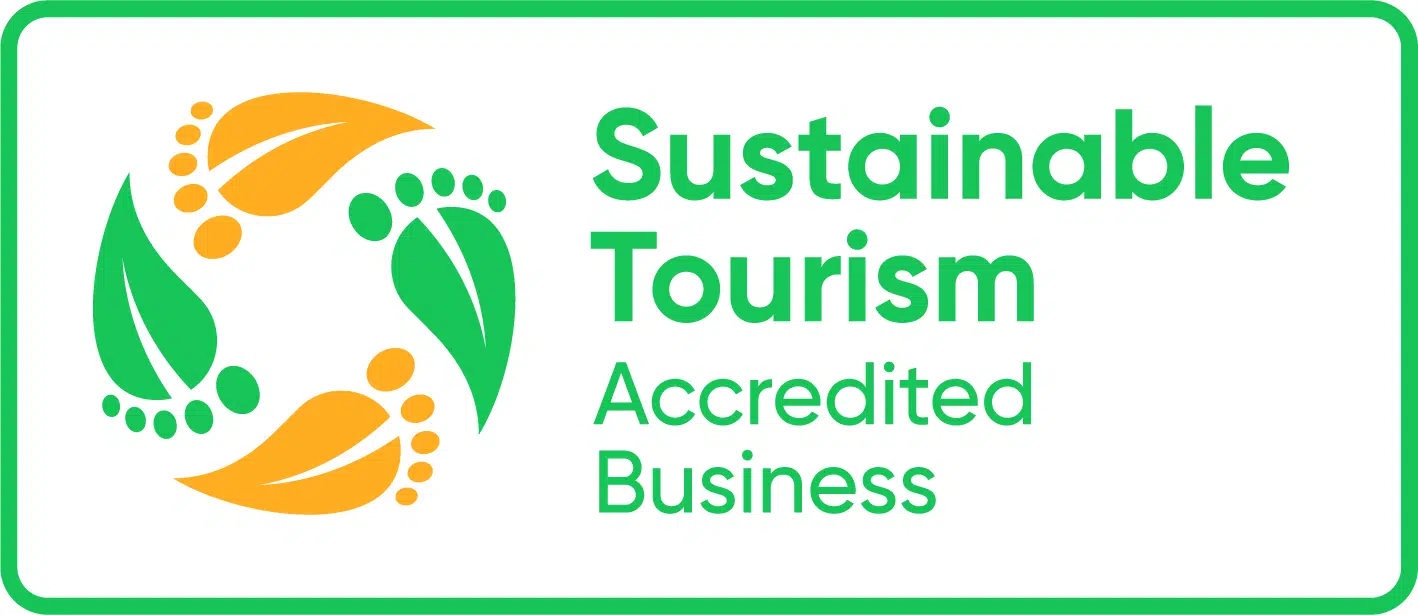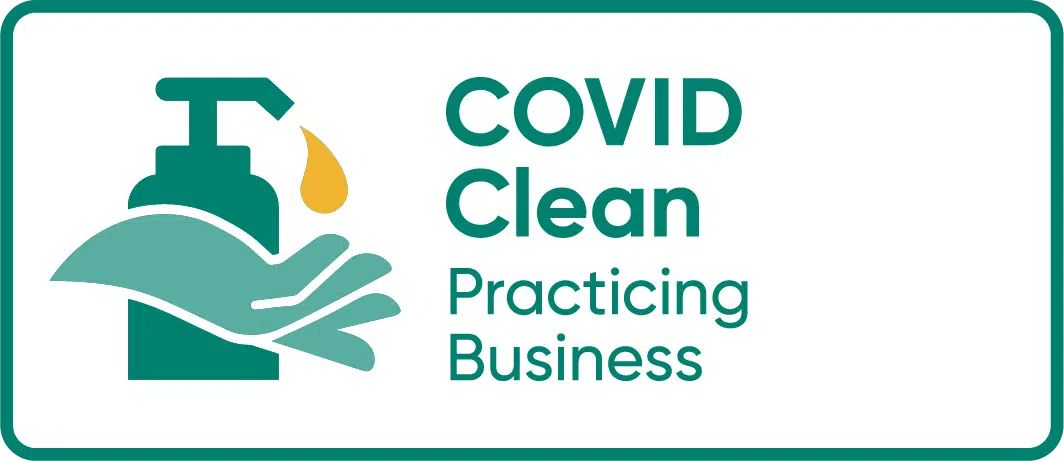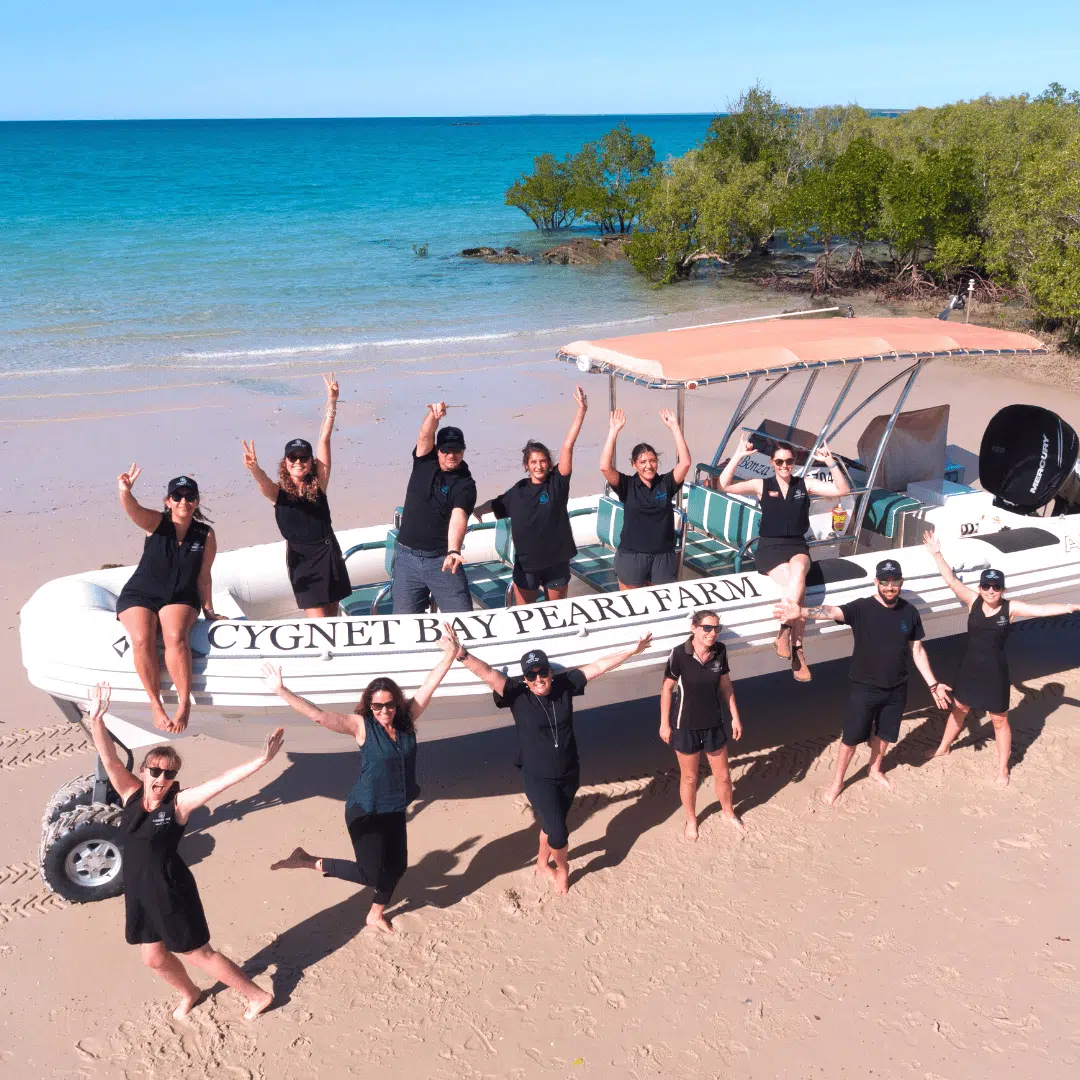What are Pearls and where do they come from?
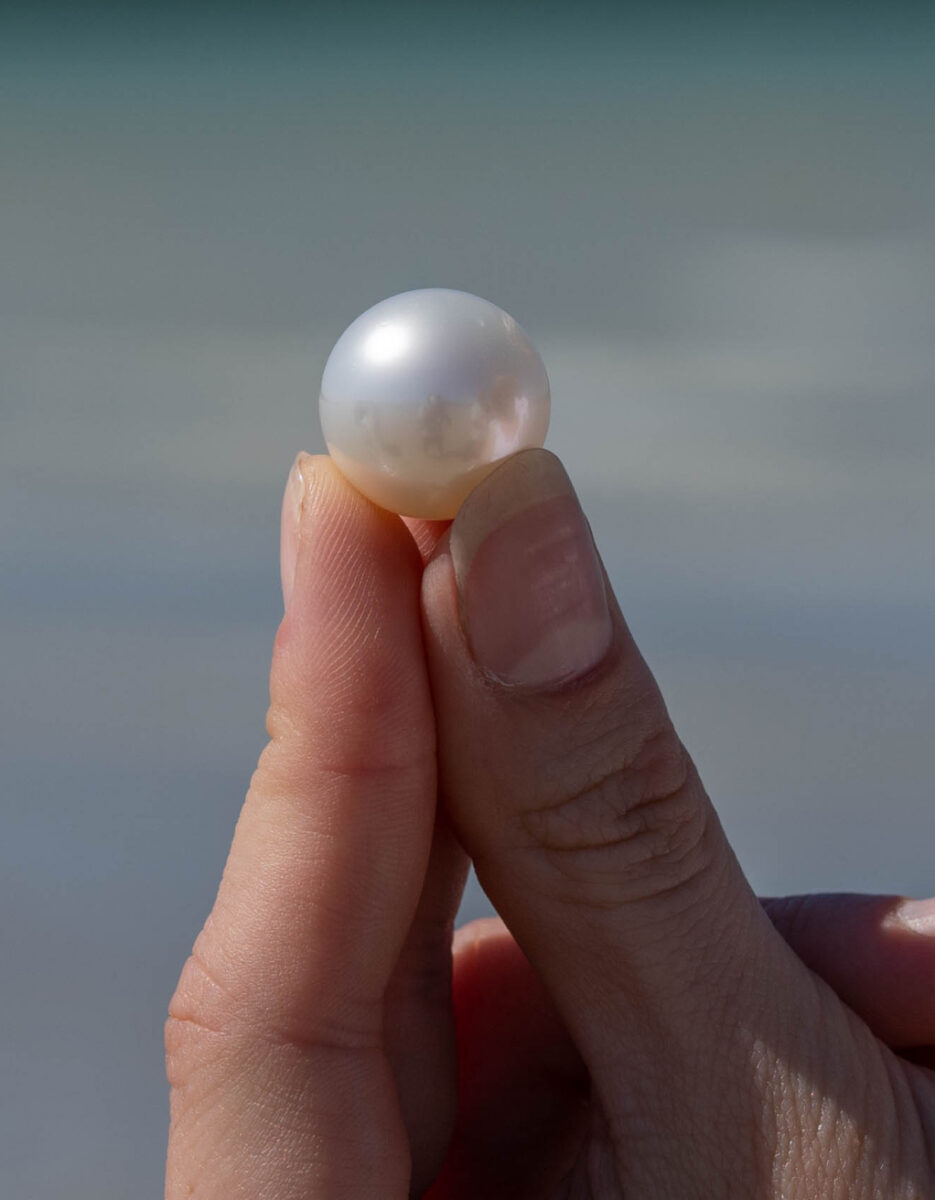
Everyone knows what a pearl is, but how much do you really know about pearls? In this article, we’re going to take a deep dive (pardon the pun) into the pearl’s aquatic world and try to better understand these small, and not so small, wonders of nature.
How are pearls made?
Pearls are created as a result of the disruption of the epithelial cells of a mollusc, which is triggered by either an intrusion or a reaction to a parasite, however contrary to popular belief, this intrusion is rarely a grain of sand. In an attempt to protect itself from the intrusion or parasite, the oyster will secrete a substance called nacre around the intruder. Over time, layer upon layer of nacre is deposited until a pearl is formed. The pearls that we see for sale are typically cultured, meaning that humans have introduced the irritant into the oyster’s shell. When we do this, we refer to the irritant as a nucleus, and the process of introducing the nucleus into the oyster is known as seeding.
The process of growing a pearl is a delicate one. The pearl technician is required to spend several years learning the subtle art of inserting a nucleus. Meanwhile, the oyster requires two years to grow from its initial spat stage through to the point where it is ready to receive the nuclei. Once the nucleus has been inserted it takes a further two to three years for a pearl to form.
To ensure that the pearl is of high quality, it is important to carefully monitor the oyster’s progress. If the oyster is not healthy, the pearl will not be either. After a pearl has been formed, the pearl is carefully harvested, cleaned and gently polished. This process can also be quite precarious, whilst nacre is strong and resilient, pearls are amongst the most sensitive gems and should be handled with care to prevent any scratch or damage by contact with sharp objects or exposure to chemicals.
To give you an idea of just how rare a good-sized Australian South Sea pearl is, if you seed 1,000 shells, you will end up with just one pearl that excels in lustre, surface, shape and colour and that is above 14mm in diameter. As you can imagine, being a pearl farmer takes a lot of patience!
What colours do pearls come in?
Pinctada maxima deliver rare and sought-after South Sea pearls which come in colours ranging from the purest white to the deepest gold. Pinctada margaritifera, commonly known as the black-lip pearl oyster, produces darker shades of grey, green, blue and reddish pearls. Pinctada fucata and imbricata have been giving birth to Akoya cultured pearls for over 100 years primarily in neutral colours and softer hues but also in lavender, cream and sometimes even gold. Hyriopsis cummingi produces most of the freshwater variety of pearl and can appear as blue, green, peach, pink, gold, cream white and grey. They are often dyed in even more striking colours including copper, black, red, or other bright colours.
Whilst colour can be a result of a pigment, it is strongly driven by nacre structure, homogeneity, and relative thickness. Green, orange, and pink overtone often complemented good quality pearl colour. Exceptional gems feature a rainbow-like prismatic effect called orient for South Sea pearls and peacock for Tahitian pearls.
Where do pearls come from?
Well, that depends on the type of pearl. The Akoya pearl (Pinctada fucata and/ or imbricata) is cultured in Japan, China, Vietnam and Australia, where we culture this pearl at our Broken Bay Pearl Farm on the mouth of the Hawkesbury River just north of Sydney.
South Sea pearls are found in Indonesia, the Philippines and French Polynesia, and no prizes for guessing where the Australian South Sea pearl comes from! The Australian South Sea pearls are found along the northwest coast of Australia, and this part of the world produces more white South Sea pearls than any other location. This is also where you’ll find our Cygnet Bay Pearl Farm, just over 200km north of Broome. Pearls found in Indonesia and the Philippines are generally of the golden variety.
Black or Tahitian pearls (Pinctada margaritfera) are synonymous with Tahiti (French Polynesia), although they can also be found in Papua New Guinea, Australia, Cook Islands, Indonesia, India, Japan, Sudan, the Persian Gulf, the Red Sea the Andaman and Nicobar Islands, and several other locations between the tropics.
Seedless (or Keshi in Japanese) can be found in any location where cultured pearls are farmed and are a beautiful by-product of pearling. Often the result of an unsuccessful seeding, Keshi can be found in the oyster’s reproductive organ and the mantle of the oyster. They usually come in irregular shapes and small sizes and account for under 1% of the total harvest. They are the closest thing to a natural pearl and their relative rarity and often superior lustre can make them more valuable than their nucleated counterparts all other virtues equal.
Freshwater pearls are overwhelmingly produced by China; however, this pearl type is the most geographically diverse of all pearl types and used to be found in wild mussels growing in rivers and lakes all over the world until their natural habitats started to be affected by the impact of human population growth.
What are the shapes and sizes of a pearl?
There are many different shapes and sizes of a pearl. Round pearls are the most common, but there are also oval, baroque, and pear-shaped pearls. The shape and size of a pearl is determined by the type of mollusc it came from as well as the water conditions in which it lived. This is why we are so fortunate to have our Cygnet Bay Pearl Farm located in the world’s largest tropical tidal zone on the Dampier Peninsula, as this means a vast amount of nutrients are constantly being fed to our lucky oysters. It’s a bit like having the world’s best nutritionist for your sports team!
Baroque pearls are the most irregular of all the shapes and can be very interesting to look at. Some people even find them more attractive than round pearls. Perhaps they believe their unusual shape gives them a sense of character. Pearls that are less than a millimetre in size are called seed pearls. They are usually used in jewellery as accents or in settings where their small size won’t be noticed.
Pearls can range in size from less than a millimetre to over twenty millimetres. The largest finest quality, white pearl in the world was harvested from our Cygnet Bay Pearl Farm and now sits proudly in our Broome showroom. It’s a whopping 22.4 mm in diameter!
How are pearls graded?
Unlike diamonds with a universally accepted scale for grading, different pearl organisations worldwide use different scaling processes to grade the pearls.
Most pearl organisations use the same virtues or value factors to describe and classify pearls: shape, size, colour, surface and lustre. Grading systems have been developed to cater to specific pearl types and usually combine lustre and surface to reflect quality as shape, size and colour are considered highly subjective.
The system we use here at Pearls of Australia ranges from B2 to A1 with B2 being the lowest quality and A1 being the highest quality. The other popular way to grade pearls is on a scale from A to AAA with A being the lowest quality and AAA being the highest quality. The factors that are considered when grading pearls are size, shape, colour, lustre, surface quality, and nacre thickness, although this last factor is usually only taken into account when evaluating pearls of the highest quality, and the process to do so often involves using x-ray technology or looking through the drill holes to see where the nucleus and nacre coating meet.
We have created a more in-depth look at the pearl grading process to highlight this crucial stage in the creation of these precious gems.
How to learn more about pearls?
We hope this gives you a greater insight into the wonderful world of pearls. The pearl farming process is truly remarkable, and the finished product is the result of countless hours of hard work, dedication, and a love of the entire process by the fantastic team here at Pearls of Australia. If you have any questions about pearl jewellery, please don’t hesitate to book a free consultation with one of our expert consultants.
